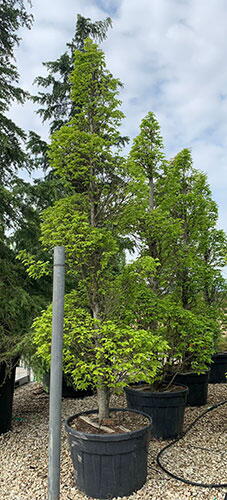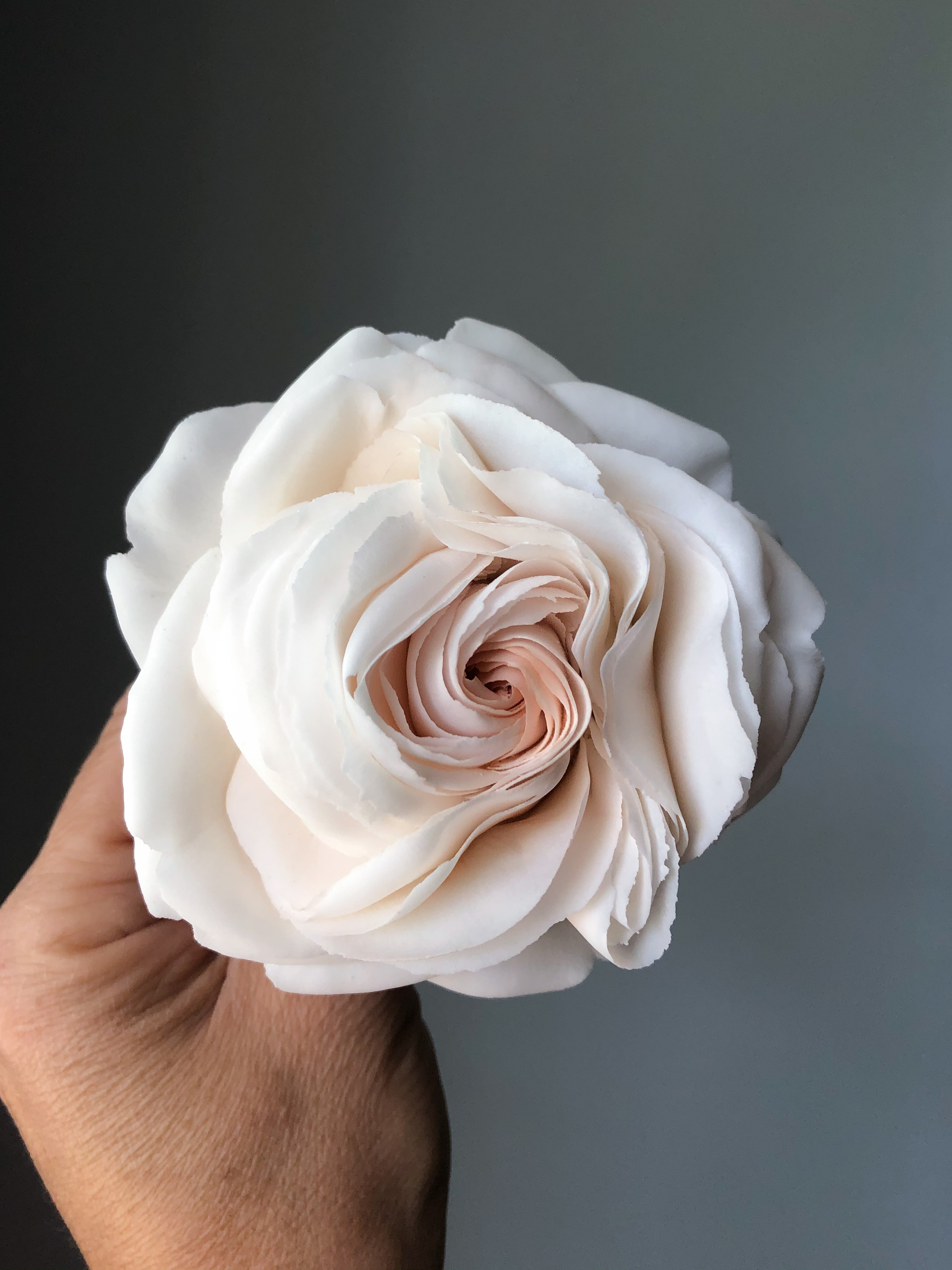How To Grow Spiral Bushes In Your Garden
Spiral bushes are a unique and eye-catching addition to any garden. They can be used to add interest and definition to borders, or to create a focal point in a patio or courtyard. Spiral bushes are also relatively easy to care for, making them a good choice for even novice gardeners.
Choosing the Right Plant
The first step to growing spiral bushes is choosing the right plant. There are many different types of plants that can be trained into spiral shapes, but some of the most popular choices include:
- Boxwood
- Yew
- Juniper
- Hornbeam
- Holly
- Privet
These plants all have dense, evergreen foliage that makes them well-suited for spiral topiary. They also grow at a moderate rate, so they won't outgrow their shape too quickly.
Planting the Bush
Once you've chosen your plant, it's time to plant it. Spiral bushes can be planted in the ground or in a pot. If you're planting in the ground, choose a spot that gets full sun or partial shade. The soil should be well-drained and rich in organic matter.
Dig a hole that is twice as wide and as deep as the root ball of the plant. Place the plant in the hole and backfill with soil, tamping it down firmly. Water the plant well.
Pruning the Bush
The key to growing a beautiful spiral bush is regular pruning. You should prune your bush once a year, in the early spring. To create the spiral shape, use sharp pruning shears to trim the branches so that they follow a spiral pattern.
The amount of pruning you need to do will depend on the growth rate of your plant. If your plant grows quickly, you may need to prune it more often.
Watering and Fertilizing
Spiral bushes need regular watering, especially during the first year after planting. Water your bush deeply once a week, or more often if the weather is hot and dry.
You should also fertilize your bush once a year, in the spring. Use a balanced fertilizer, such as 10-10-10, and follow the directions on the label.
Winter Care
In cold climates, spiral bushes may need some winter protection. If you live in an area with cold winters, you can mulch around the base of your bush with a few inches of wood chips or other organic material. You may also need to cover the bush with a burlap sack or other protective material.
With a little care and attention, you can grow beautiful spiral bushes in your garden. These unique plants will add interest and beauty to your landscape for years to come.
Spiral bushes are a unique and eye-catching addition to any garden. They can be used to create a focal point, add interest to a border, or even provide privacy. There are many different types of spiral bushes available, so you can find one that suits your specific needs and preferences.
If you're interested in learning more about spiral bushes, I encourage you to visit Home Gardening. This website has a wealth of information on spiral bushes, including:
- Different types of spiral bushes
- How to care for spiral bushes
- How to plant spiral bushes
- Where to buy spiral bushes
I hope this information is helpful!
FAQ of spiral bushes
- What is a spiral bush?
A spiral bush is a type of bush that has been trained to grow in a spiral shape. This is done by pruning the bush in a specific way, which encourages the branches to grow in a spiral pattern. Spiral bushes can be made from a variety of different types of bushes, such as boxwood, privet, and holly.
- Why would I want to plant a spiral bush?
There are a few reasons why you might want to plant a spiral bush. First, they can add a unique and eye-catching focal point to your garden. Second, they can be used to create privacy screens or hedges. Third, they can be trained to grow in a variety of different shapes, so you can customize them to fit your specific needs and preferences.
- How do I plant a spiral bush?
When planting a spiral bush, it is important to choose a location that receives full sun or partial shade. The soil should be well-drained and rich in organic matter. Dig a hole that is twice as wide as the root ball of the bush and as deep as the root ball. Place the bush in the hole and backfill with soil, tamping down the soil firmly as you go. Water the bush thoroughly after planting.
- How do I care for a spiral bush?
Spiral bushes require regular watering, especially during the first year after planting. They should also be fertilized once a year in the spring. In addition, you will need to prune the bush regularly to keep it in its spiral shape. Pruning should be done in the spring or fall.
- What are some common problems with spiral bushes?
The most common problems with spiral bushes are pests and diseases. Aphids, spider mites, and scale insects can all be a problem, as can diseases such as powdery mildew and rust. If you notice any pests or diseases on your spiral bush, it is important to treat them immediately.
- How long do spiral bushes live?
With proper care, spiral bushes can live for many years. However, they may eventually outgrow their spiral shape and need to be re-trained.
Image of spiral bushes
- Spiral Hornbeam Topiary is a deciduous form of topiary that is shaped into a spiral. It is a popular choice for gardens because it is easy to care for and can be grown in a variety of climates.

- Spiral Boxwood is an evergreen shrub that can be trained into a spiral shape. It is a slow-growing plant that is tolerant of shade and can be grown in a variety of soils.

- Spiral Yew is an evergreen shrub that can be trained into a spiral shape. It is a hardy plant that can be grown in a variety of climates.

- Spiral Juniper is an evergreen shrub that can be trained into a spiral shape. It is a drought-tolerant plant that can be grown in a variety of soils.

- Spiral Arborvitae is an evergreen shrub that can be trained into a spiral shape. It is a fast-growing plant that can be grown in a variety of climates.

- Spiral Holly is an evergreen shrub that can be trained into a spiral shape. It is a tolerant plant that can be grown in a variety of soils.
- Spiral Lilac is a deciduous shrub that can be trained into a spiral shape. It is a fragrant plant that blooms in spring.

- Spiral Rose is a deciduous shrub that can be trained into a spiral shape. It is a flowering plant that blooms in summer.
- Spiral Pyracantha is a deciduous shrub that can be trained into a spiral shape. It is a thorny plant that produces berries in fall.

- Spiral Euonymus is an evergreen shrub that can be trained into a spiral shape. It is a colorful plant that produces red, orange, or yellow leaves in fall.


Post a Comment for "How To Grow Spiral Bushes In Your Garden"